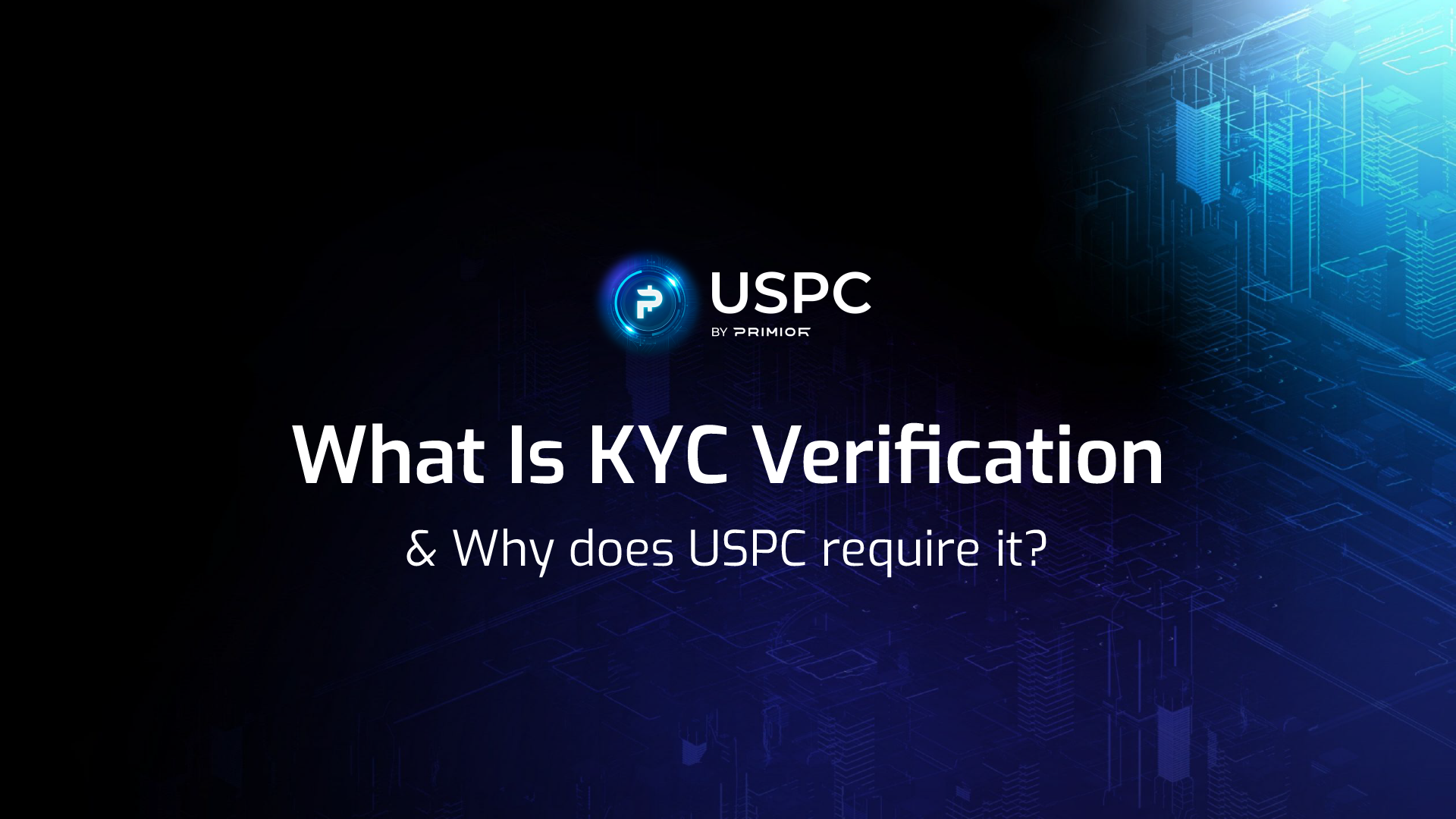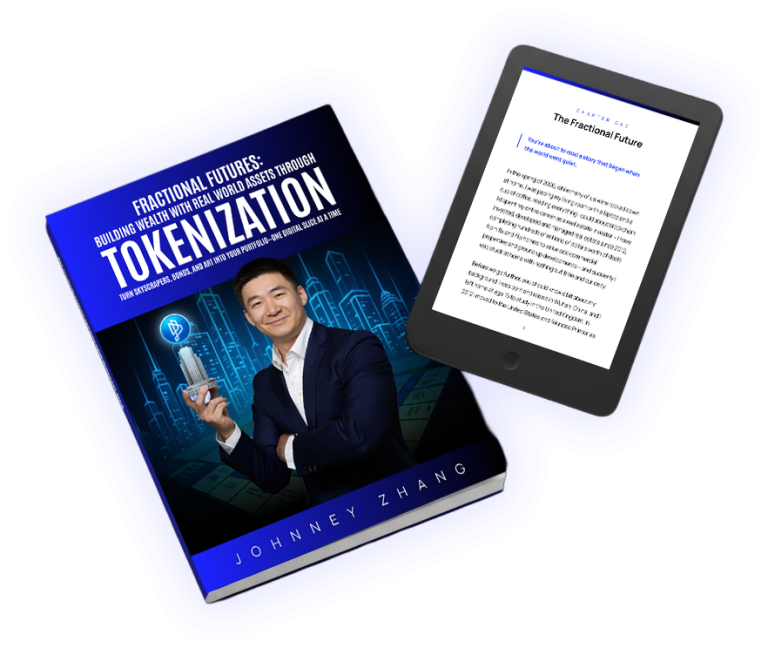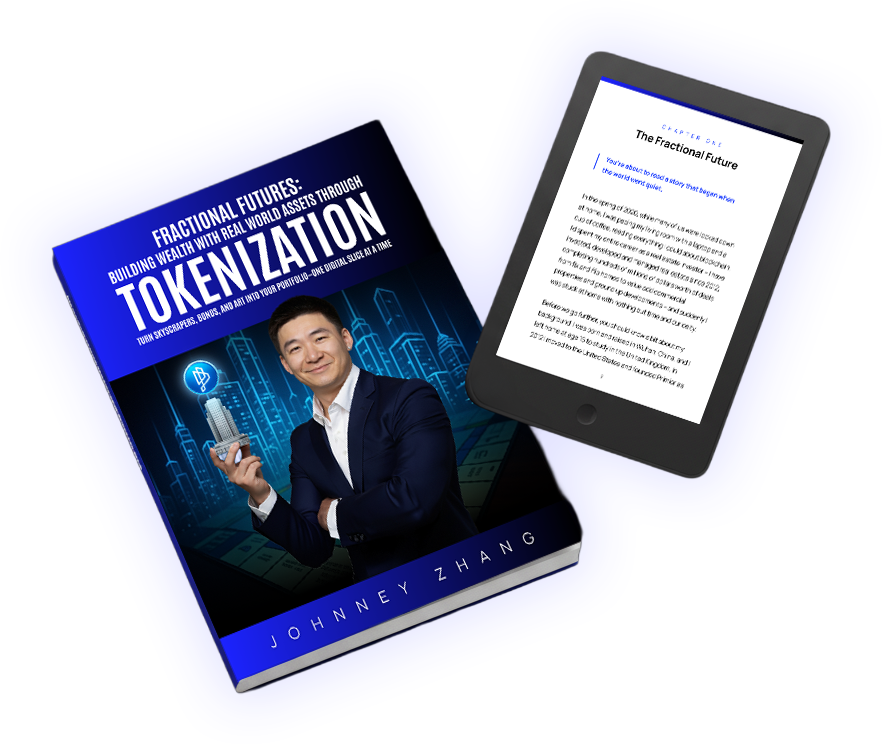Cryptocurrencies and Know Your Customer (KYC) are so rarely seen together in the same sentence. On the one hand, Cryptocurrencies represent an open-source monetary and payments network that is not owned by any individual, company, or government. On the other, KYC is the backbone of the regulatory landscape deeply entrenched within the existing financial system that is plagued by issues of money laundering, with global governments fighting an increasingly difficult battle to reduce terrorist funding and organized crime.
At the same time, cryptocurrency-based technologies are disrupting the financial system. Indeed, this disruption is at the heart of the cryptocurrency movement, which began with Bitcoin’s launch in 2009. Even the first line of the abstract of the original Bitcoin Whitepaper summarized not only the author’s vision for cryptocurrencies but also its entire philosophy:
“A purely peer-to-peer version of electronic cash would allow online payments to be sent directly from one party to another without going through a financial institution.“
It is no coincidence that the whitepaper was released during the Global Financial Crisis – the day after the main headline of the Uk’s Times Newspaper on January 03, 2009, read:
“Chancellor on brink of second bailout for banks”
Indeed, this headline is indelibly recorded in Bitcoin’s philosophy and history as it is encoded within the very first block of the entire Bitcoin blockchain (check out the 5 best secret messages hidden on the bitcoin blockchain for more details)
So, here we have a battle of ideologies between disruptive, open-source monetary networks with highly regulated financial markets. Slowly, as the two worlds begin on their inevitable trajectory toward collision, we have to ask, can the two work together? Since 2017, security tokens have begun to emerge that actively embrace the best of both worlds, blending this disruptive innovative technology within a regulated framework.
In this article, we explore the history of KYC, why it is important now and for the future of cryptocurrencies, and most importantly how it will help protect investors’ interests in buying security tokens such as USP, our security token that represent a securitized pool of real estate assets.
The history of KYC – why do we need it?
One of the biggest problems globally within the financial system is Money Laundering. This is where funds from illegitimate sources are converted into legitimate assets. Money laundering deliberately conceals or disguises the original source of those funds, creating a significant global problem.
The United Nations office on drugs and crime estimates that 2-5% of global GDP is subject to money laundering. This represents around $2 trillion of illicit funds per annum. Even the wide range of the estimate speaks volumes about the problems of identifying money laundering. Its importance cannot be overstated, as these funds are all too often used to fund global terrorism. As a result, there is a global narrative to crack down even harder on money laundering, with banks playing their part.
The banks are desperately trying to stay ahead of the ever-evolving game of cat-and-mouse between the money launderers and the authorities. Unfortunately, too often banks get it wrong with devastating results
A March 2022 Forbes article shows the 7 biggest fines administered in 2021 by regulators for banks failing in their Anti-money laundering (AML) processes. Mistakes are very costly, both financially and reputationally:
- AmBank | Fine: $700 million
- ABN Amro | Fine: $574 million
- Capital One | Fine $390 million
KYC is the key process that helps counter money laundering – so let’s see what’s involved.
What is KYC?
KYC is the legal process required to ensure any financial institution is aware of who they are doing business with. This helps provide some risk mitigation and deterrents against customers undertaking financial crime. After all, if digital transactions can be tracked, they leave digital breadcrumbs all pointing toward the holder of an account.
To that end, whenever you open a new account with a financial institution they require you to produce a raft of documentation that proves your identity and address. These vary from institution to institution but typically include:
- ID card verification – Drivers license,
- facial verification,
- biometric verification, and/or document verification.
- Proof of address – for example utility bills.
Often KYC processes are contracted out to third-party agencies, who are dedicated to the KYC space and are in tune with the latest trends.
So, with the battle to stop money laundering, why is KYC not automatically built into cryptocurrencies, especially with the rise in ransomware attacks we hear a lot about in the media?
Ransomware attacks, Cryptocurrencies, and pseudo-anonymity
Over the past few years there has been a marked rise in ransomware attacks. Cybercriminals hack their way into computer systems and lock files and folders rendering them inaccessible until the owners pay a ransom. Historically the payment of choice has been Bitcoin and other cryptocurrencies, primarily because of their anonymity – or strictly speaking “pseudo-anonymity”.
Cryptocurrencies are open-source monetary networks that essentially anyone is free to use. They are completely transparent and fully auditable, meaning anyone with an internet connection can see and audit every cryptocurrency transaction. In itself, this is very powerful. Through the blockchain technology underpinning cryptocurrencies, these transactions are also permanently recorded and cannot be deleted. The challenge however is that while we can see every transaction we cannot see the identity of the person or organization that made the transactions.
Cryptocurrency wallets are currently not subject to any form of identity checks. Because no one party owns or controls the network that supports the wallets, there is no single party to hold accountable. Whilst this sounds somewhat anarchic, there are KYC processes in place at the exchange level.
When individuals or organizations want to convert their cryptocurrencies into FIAT currency – such as US dollars – KYC processes are formally adopted. All cryptocurrency exchanges are now mandated and regulated to have KYC processes in place for any conversions into traditional currencies. In addition, the cryptocurrency community as a whole helps to weed out bad actors.
There are teams of “white-hat” hackers that track and monitor cryptocurrency wallets from bad actors such as those holding ransomware funds. Any movement of funds is tracked and sent to cryptocurrency exchanges and other parties to ensure it is increasingly difficult to convert these funds into traditional currencies. This approach, while honorable in intent, is very reactive and leaves too many open ends for regulators. As a result, the cryptocurrency industry since 2017 has begun evolving towards a regulated cryptocurrency structure – the Security Token.
The Rise of Security Tokens
Right from the get-go, we set up USP as a security token, which is a regulated cryptocurrency token. These types of tokens are blockchain-based digital units that represent traditional asset classes of investment – such as traditional securities, such as equities and bonds. Security tokens directly embed the owner’s identity into the token itself. This provides a very clear line of sight to the identity and the ownership of the security token.
For example, USP is tokenizing a beautiful home in Venice Beach California as part of a securitized pool of real estate assets. If you wanted to own a small portion of the securitized pool, whether that is 0.5%, 1%, or 5% of the value of the assets, with USP’s security token you can be satisfied that there is a process to undertake due diligence on the identity of each of the co-investors in the pool of assets. With traditional cryptocurrencies where there is no mandatory KYC, you would have no idea if co-investors were from sanctioned countries or other issues that could compromise your investment.
Security tokens are heavily regulated. For investors, this means before the tokens can be sold on the open market, the token and its underlying structure is regulated in accordance with current legislation. While this doesn’t of course guarantee the token will rise in value, it helps to offer some protection to investors who support the USP project.
So why are tokens so powerful?
The power of Tokenization – especially security tokens.
Blockchain technology underpins cryptocurrencies. This can confirm the digital ownership of a digital file – giving you a unique digital fingerprint to confirm your ownership. Using the technology, a digital file can be “cryptographically hashed” using SHA-256 cryptography (hence the “crypto” in cryptocurrencies). By using this method, a string of text consisting of random letters and numbers uniquely represents a digital file.
Above you can see how SHA-256 works in real-time (try this for yourself at this Hash generating website). In the example, we convert the text “We love USP coin!”, into a unique hash, shown in the results box, above.
This simple example can be extended to a digital file, e.g. the title deeds of a property or the digital documentation used to confirm a securitized pool of real estate assets.
Put simply, any digital file will have a unique cryptographic hash. If you change one full stop in the document its cryptographic hash will change. So, the genuine digital legal documents associated with securitization will have a unique digital fingerprint. This can then be broken down further using the same hashing process to create a limited number of cryptographic tokens where each token represents a % ownership in the securitized pool of real estate assets offered, for example, by USP.
So, for example, if you want to buy 1% of the securitized pool of assets you buy the security tokens representing 1% of the asset pool. Once funded, you can see your security tokens on the public Ethereum blockchain, which is open for anyone to view. The public blockchain, however, will not show any personally identifiable information. Those details are held separately in a similar way to a digital shareholder’s register.
These tokens can then be traded quickly and easily, and ultimately internationally
How do I get KYC’d to buy USP?
Anyone who wishes to buy fractional ownership of the securitized pool of assets with USP needs to register an account in our USP Investor Portal which will be launching imminently (join our waitlist here). Once you have created an account with us, you must go through an onboarding process which includes an automated KYC verification step.
Summary and Conclusion
In summary, therefore, cryptocurrencies, while still relatively young, are slowly evolving toward the mainstream financial markets with the advent of security tokens. With this evolution comes the discipline of regulated markets. This is helping bridge the gap for all investors who want tangible assets behind their cryptocurrencies. By USP positively embracing the regulatory requirements, it means all token holders of our securitized pool of real estate assets are subject to the same regulated due diligence, meaning that you know with reasonable certainty that co-investors of the pool of real estate assets are within the regulated frameworks you have come to expect from traditional investments.
















